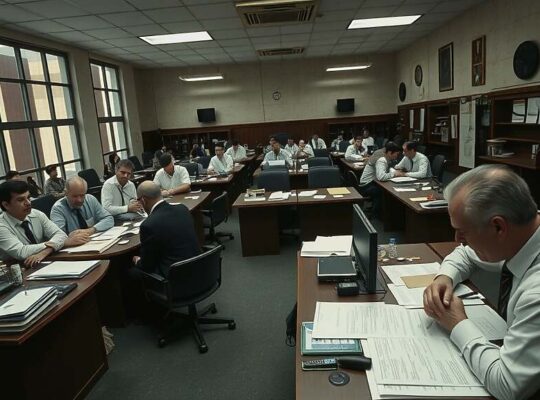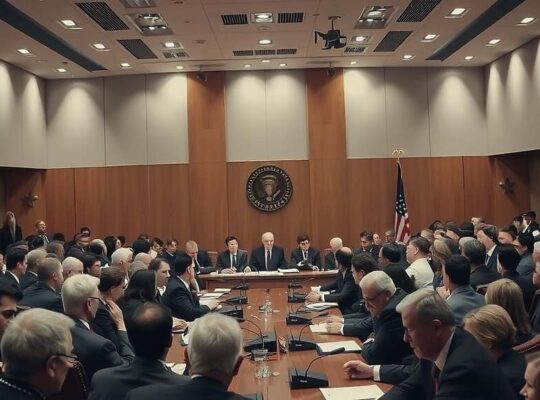The German Federal Ministry for Research, Technology and Space Travel (BMFTR) is reportedly scrutinizing a collaboration between the Hamburg-based Helmholtz Centre for Particle Physics (DESY) and the semiconductor firm Nexperia, following recent developments surrounding the chip manufacturer. The “Handelsblatt” newspaper first reported the ministry’s concerns, which cast a shadow over a partnership announced earlier this year.
Nexperia and DESY, a research institution funded annually with approximately €340 million in taxpayer money, had touted their joint efforts to develop more affordable and efficient silicon carbide (SiC) semiconductors. DESY, a globally leading center for particle accelerator research with 90% of its funding derived from the federal government, now finds itself under increased political pressure.
A BMFTR spokesperson confirmed the ministry is “in dialogue with the Helmholtz Centre DESY regarding the collaboration with Nexperia Hamburg, to ensure that the circumstances are rapidly and thoroughly clarified, particularly in light of recent events”. This suggests a deepening review beyond a standard procedural check, hinting at potentially serious underlying issues impacting the partnership’s viability and the allocation of public funds.
The DESY Foundation Board, the supervisory body overseeing the center and including representation from the BMFTR at a sub-departmental leadership level, recently addressed the collaboration at the ministry’s initiative. The board’s review highlights the escalating scrutiny.
Responding to inquiries from “Handelsblatt”, DESY itself acknowledged the changing landscape, stating, “In light of current events, DESY is reviewing with its committees to what extent a reassessment of this collaboration is necessary”. This admission signals a willingness to potentially revise, or even terminate, the partnership.
The investigation underscores broader concerns regarding the intersection of public research funding and private sector interests within Germany’s strategic technology sectors. Critics argue that such collaborations risk compromising scientific integrity and potentially transferring valuable public knowledge to a commercial entity, particularly when the partner company faces scrutiny as Nexperia currently does. The outcome of this review will likely set a precedent for future partnerships between public research institutions and private corporations and may spark a wider debate about the oversight mechanisms governing Germany’s technology investment strategies.












